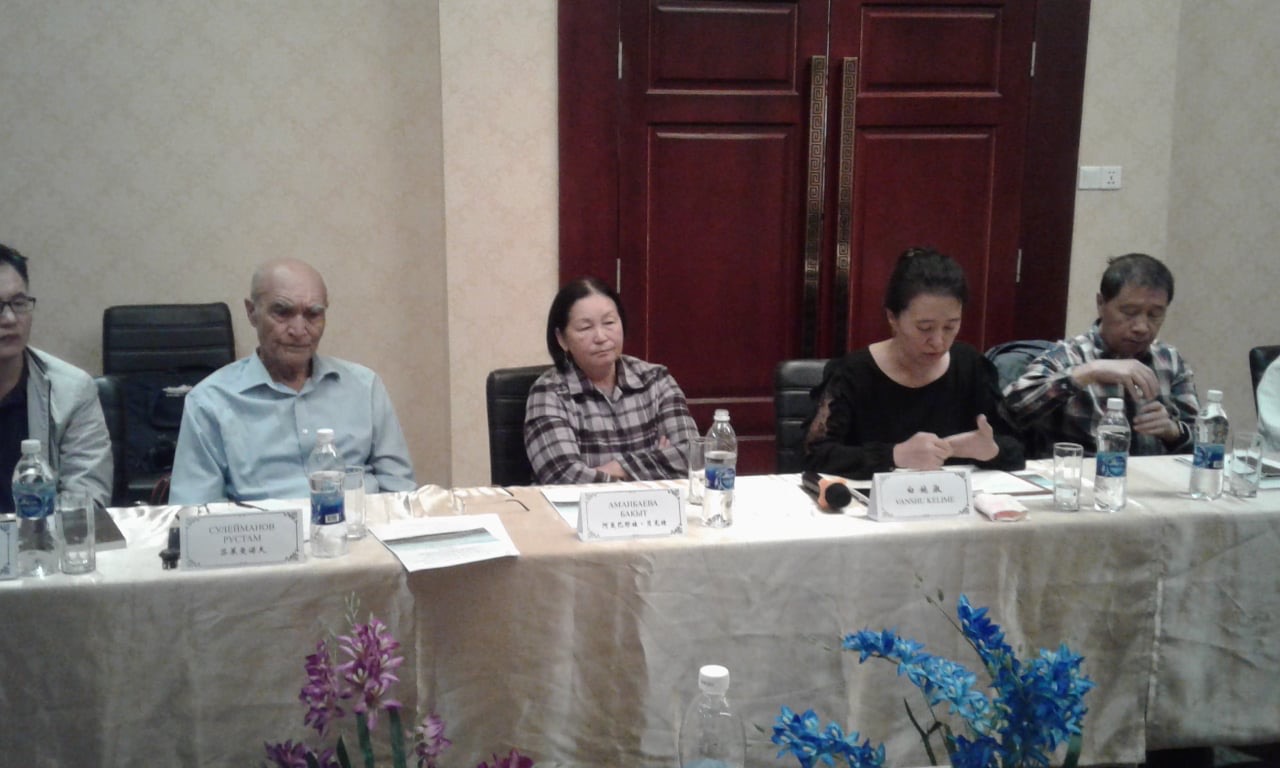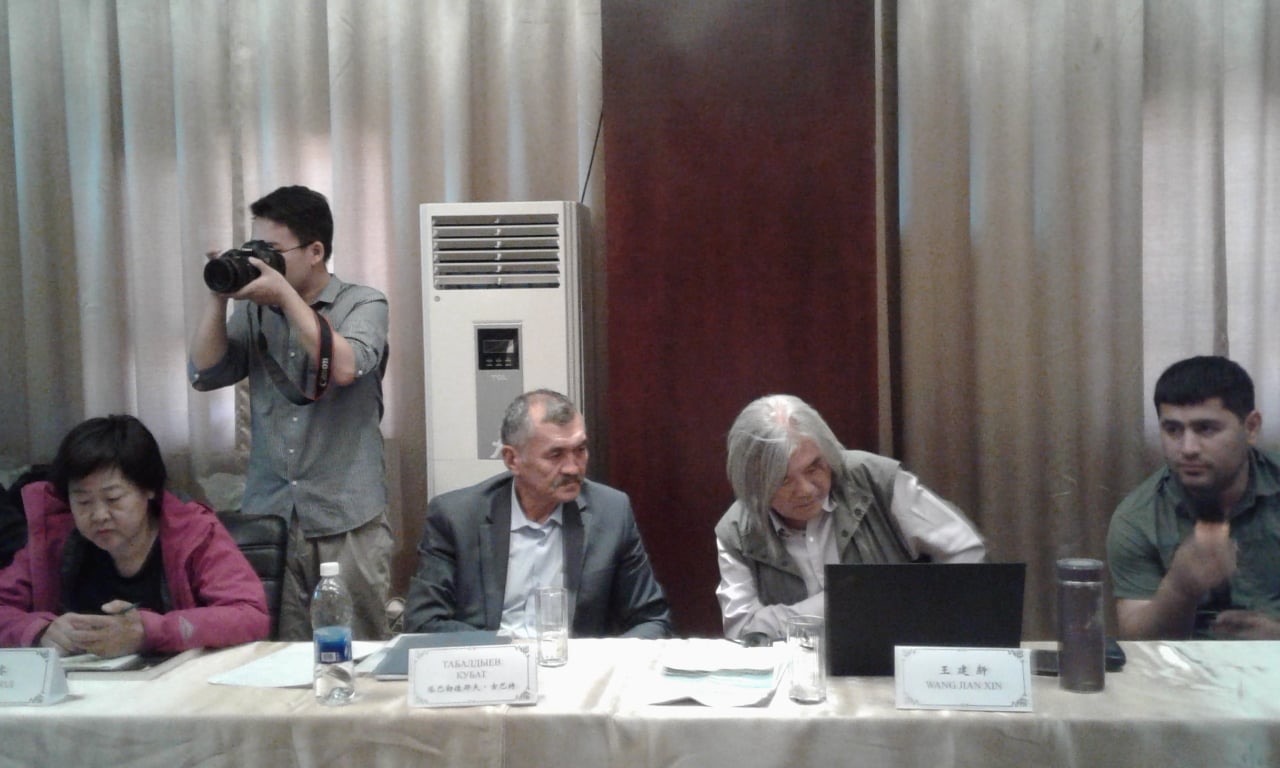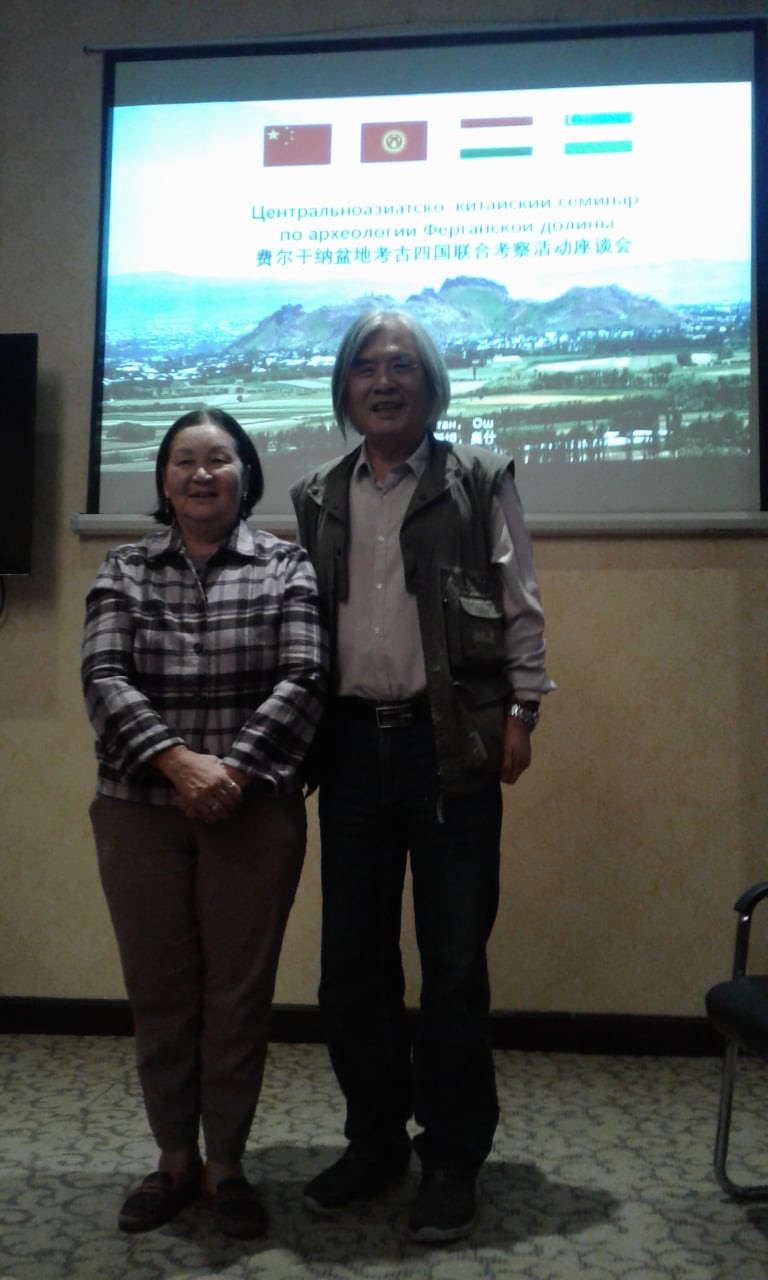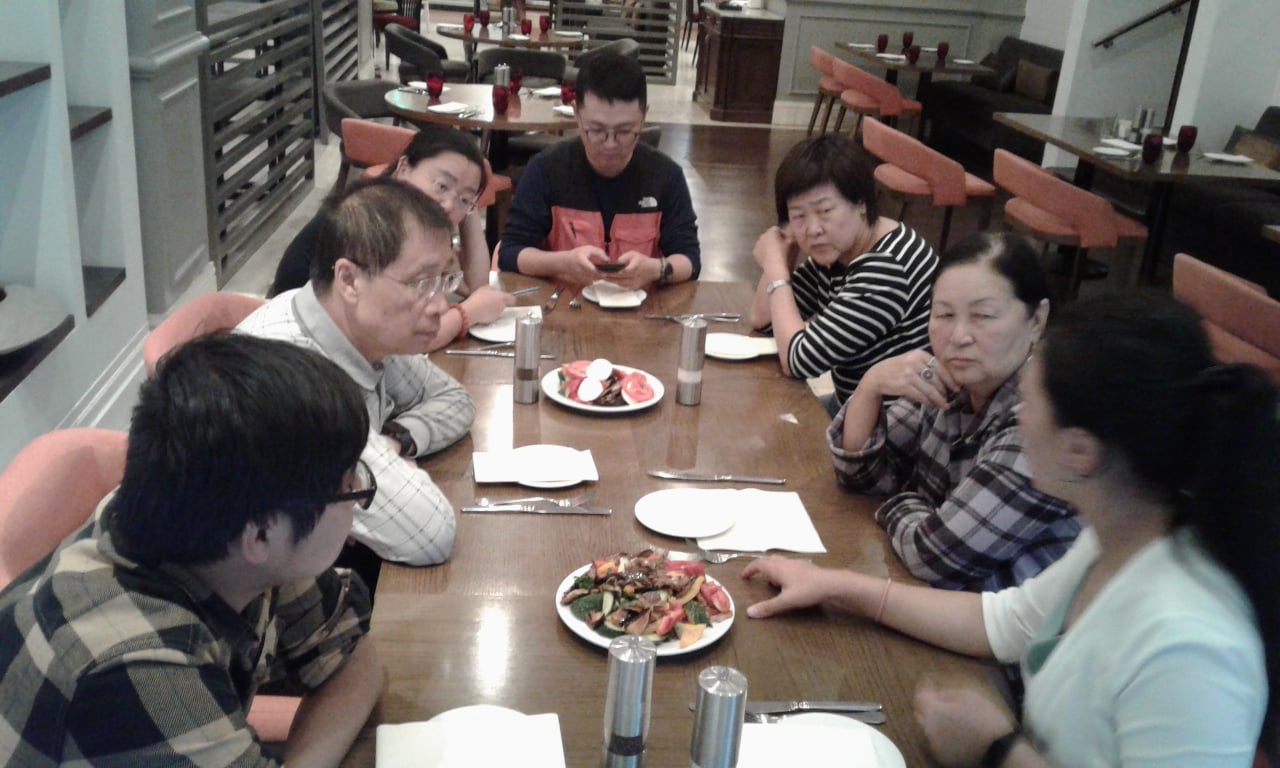Information
Central Asian-Chinese archaeological seminar on the Ferghana Valley
Summary: It’s good that Baktygul Midinova reminded me of the wonderful and significant event that took place on September 10-12 this year in Osh. I mean the Central Asian-Chinese archaeological seminar on the Ferghana Valley, organized by the Institute of History,
It’s good that Baktygul Midinova reminded me of the wonderful and significant event that took place on September 10-12 this year in Osh. I mean the Central Asian-Chinese archaeological seminar on the Ferghana Valley, organized by the Institute of History, Archeology and Ethnology of the NAS of the Kyrgyz Republic and Northwestern University, Xi'an, PRC. Specialists from Uzbekistan, Tajikistan, Kyrgyzstan and China participated. A very representative delegation from the PRC: archaeologists from Northwestern University, the Institute of Archeology of Shaanxi Province, the Institute of Archeology of Xi'an City, the Gugong Museum (Museum of the Forbidden City) from Beijing. Active participation in organizing and Our colleagues from the IAAE NAS, KNU, KTU Manas, as well as museums in Osh, Uzgen and Batken took part in the seminar. We actively discussed possible directions of our future cooperation on the monuments of the Ferghana Valley. And two days were devoted to visiting the objects of historical and cultural heritage of the Osh region: the Sulayman-Too complex, Ayrymach-Too (Surottuu-Tash), Uzgen historical-arch. museum, ancient settlement of Shorobashat, museum in the school of the village of the same name, etc. In Uzgen, we arranged for guests a traditional Uzgen ash, with shakarap, tortillas, kaymak, boorsoks, ball, otuz-adyr watermelons. I immediately announced that I was supposed to eat everything that served, and what should be left they should take with them. Of particular interest were two Shorobashat monuments, identified with the Danish city of Yu and Ayrymach-Too, which is the main sanctuary dedicated to the famous Davan horses, supposedly sweating when running with blood .In Chinese sources nor are they called “tianma” - heavenly horses. And they drove for another hour to the history department of the OSHG to meet with students. On September 13, people parted, with the exception of representatives of the Gugun Museum, who then returned by car to Bishkek, through Talas, and then got acquainted with Burana , Ak-Beshim, Red River, and a day went to Issyk-Kul. It seems that in the next field season, Chinese colleagues are ready to cooperate with us on a couple of objects.
Category: English
News
Information
Key words:











